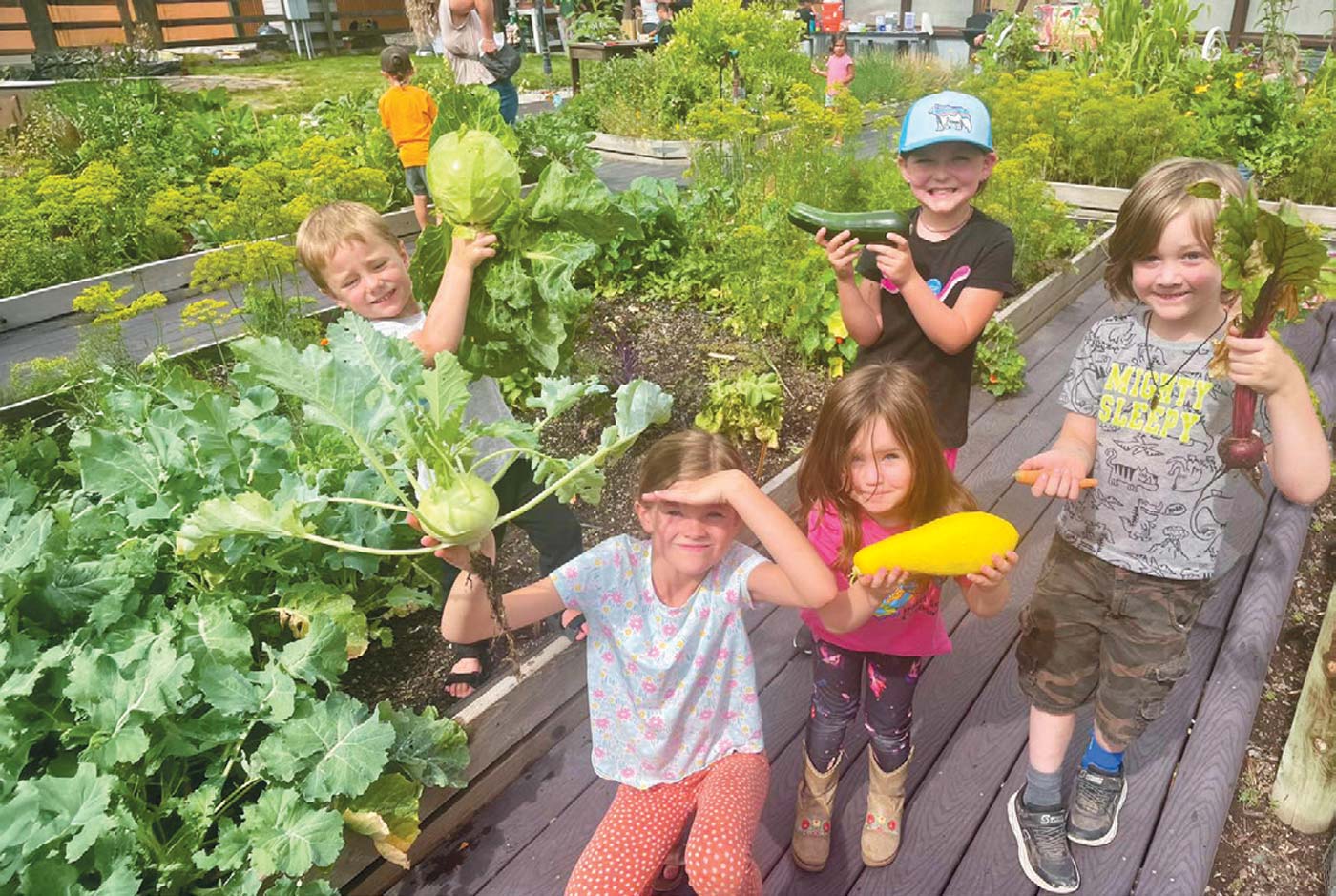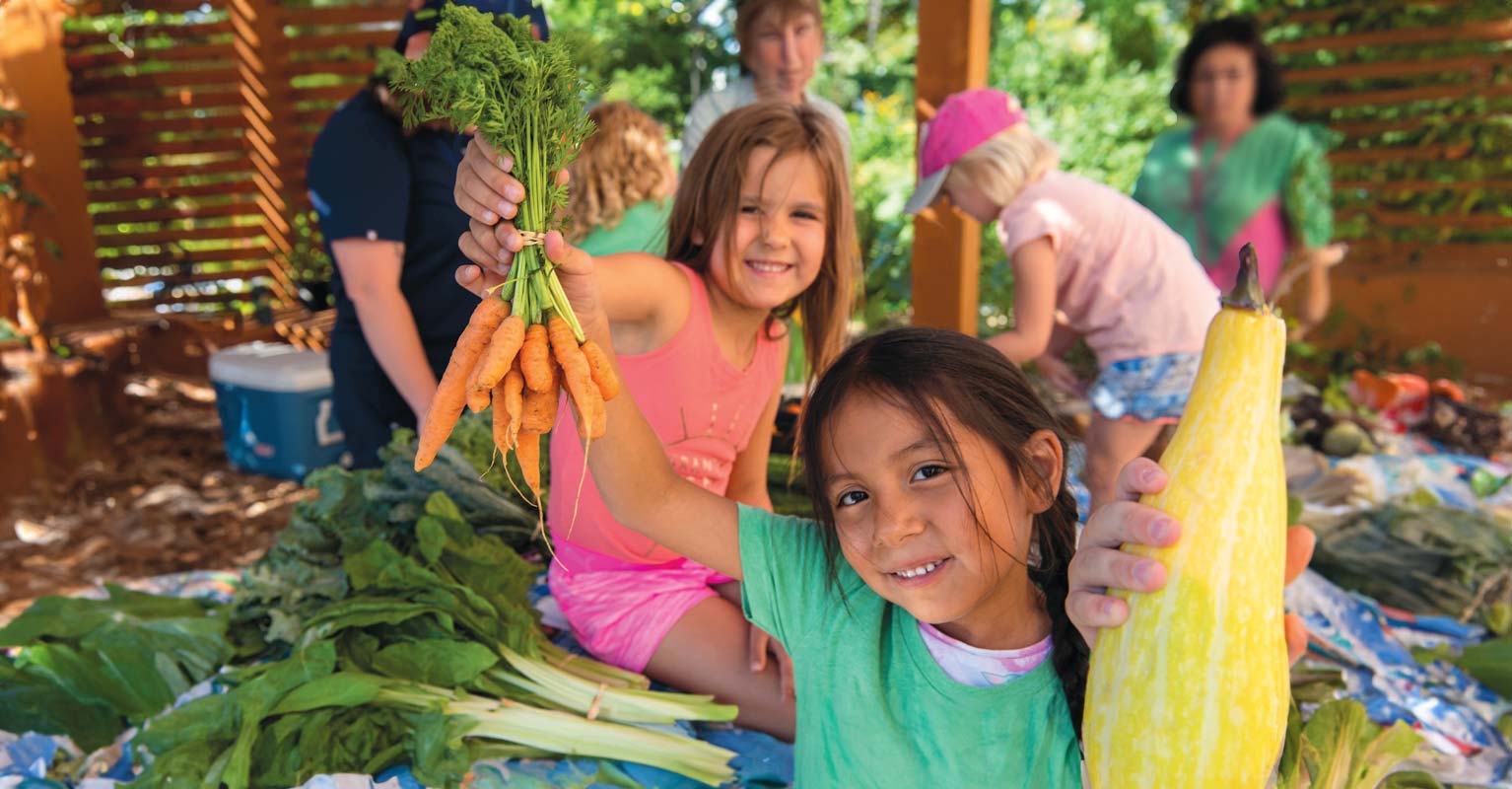I am scanning the shelves of the Bozeman Co-op wearing a mask and gloves. I brought my list filled with ingredients for recipes that complement the beans and rice that are stocked in my home pantry. For garbanzo beans, I plan hummus. Hmm, no tahini on the shelf. I quickly scan my brain for a new recipe.
What about sautéed chickpeas on top of that rice I have at home with sautéed spinach that I froze from the week before so it would not go to waste? I need to make a yogurt sauce for the top. My usual favorite plain yogurt, whole fat and no sugar, is not available. I choose another that does not meet all of my preferences but is close enough.
The fifteen other items on my grocery list: available. I check out with the cashier, who I consider a friend because of our numerous conversations over the years, but right now we are both wearing masks and are separated by plexiglass. We are sheltering in place, but we cannot do so without food.
I am relatively lucky to have the tools to successfully navigate this unexpected situation. As a nutritionist, I research and teach about the influence that eating has on human and planetary health. I also serve on the co-op’s board of directors and codirect MSU’s Food and Health Lab. Food is at the center of my world as an apparatus for health, social connection, equity, creativity, cultural representation, and sustainability.
Still, this new way of eating requires considerable and rapid behavioral shifts and a large number of resources in order to eat nutritious food. My research into human nutrition demonstrates that not everyone is adequately equipped to navigate our new situation. The COVID-19 pandemic forces us to plan ahead, budget, cook more, improvise, try new recipes, stock up, diligently apply food-safe practices, substitute ingredients, garden, gather, preserve food, and waste nothing.
Recommendations to eat at home, stock up, and limit trips to the grocery store are difficult to achieve for people who do not possess food skills, are low-income, unemployed, underemployed, live in rural places with limited access, do not have adequate food storage space, lack transportation, or have a sudden increase in the number of meals being served at home.
I teach my students how to think deeply about our connections to food. Today, food shortages, social distancing, online shopping, curbside pickup, school and business closures, delivery, and takeout markedly transform our experiences with the people and places that grow, distribute, sell, give, prepare, deliver, and dispose of food. Disruptions remind us that our subsistence is inextricably linked to each part of the food chain, and it is difficult not to think about where our food comes from. We may be physically distanced right now, but we are connected as ever by our food system.
As we adjust to a new normal, we can contribute to our own nutrition and the food system in many ways to increase personal and community well-being:
- Donate money to local hunger organizations.
- Buy from local food businesses whenever possible.
- Be extra thankful to front-line food workers for their colossal efforts.
- Back policies and policy makers that support a sustainable and equitable food system for all.
- Support your local farmer, who has certainly had to find new markets overnight.
- Grow your own food.
- Act mindfully about food choices to decrease stress eating or boredom eating.
- Eliminate waste.
- Work to achieve new food skills.
- Help vulnerable neighbors by checking in, doing errands, and dropping off food.
- Choose food that supports human and planetary health.




